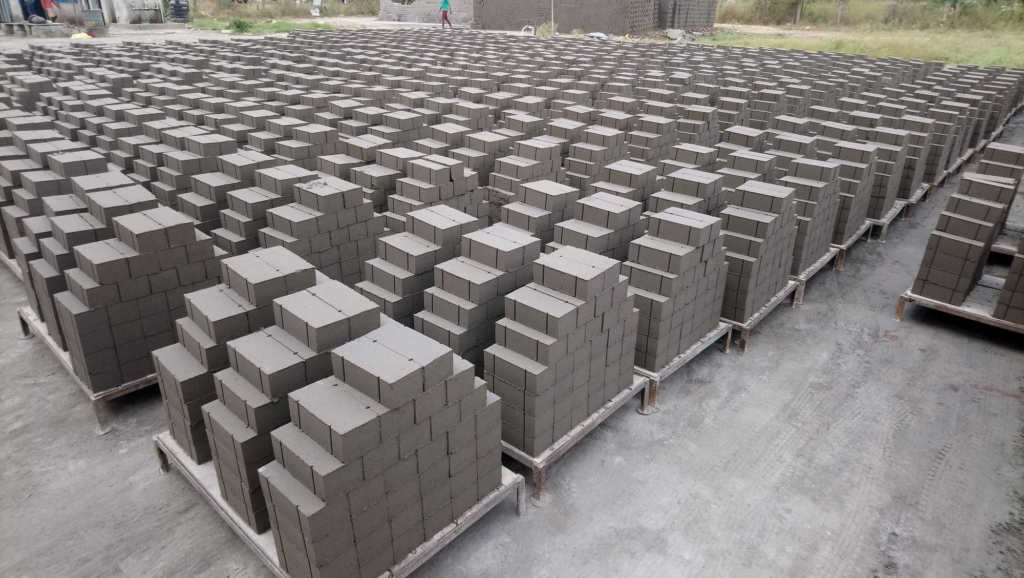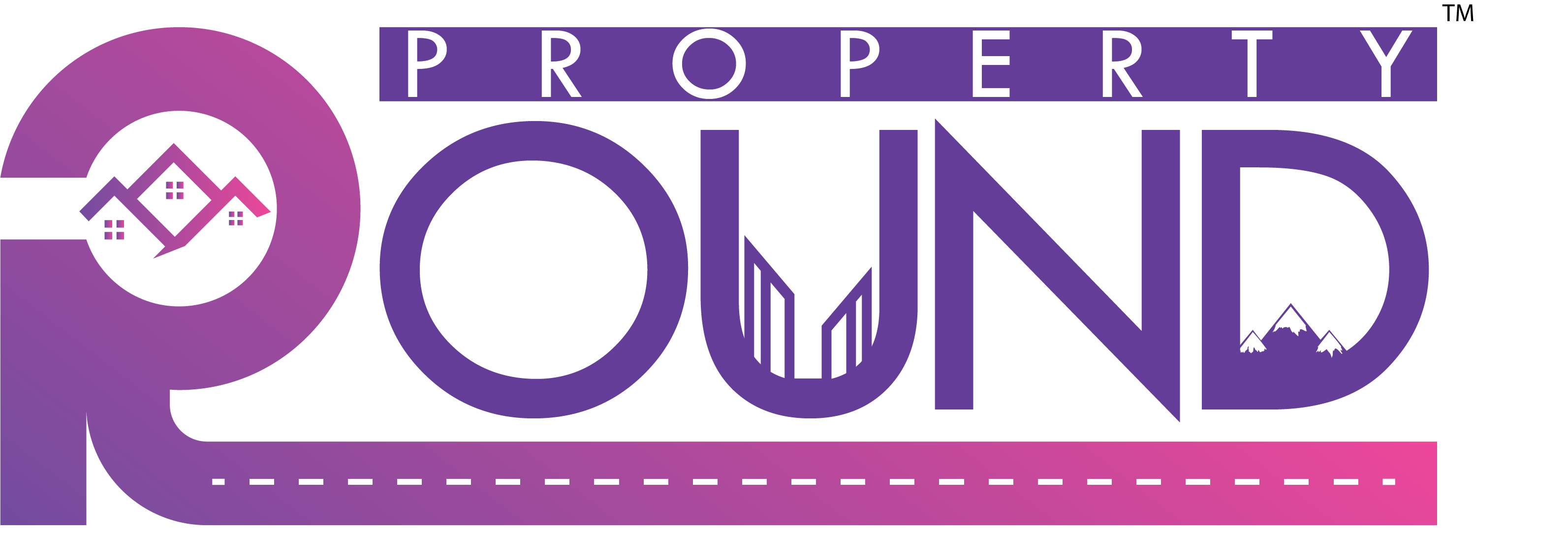Choosing bricks or blocks depends on the circumstances of a builder. Some prefer bricks and some blocks according to the advantages or drawbacks of the material.
People wanted sustainability and stability, and since people are becoming more sensitive and aware of environmental protection, the blocks just came on time. A few years ago, the National Green Tribunal issued a ban against earth archaeological sites for making red bricks without prior environmental clearance (EC).
The brick kiln industry suffered a major setback, but soon the Fly Ash BRICS or AAC Blocks industry got a kick start because people found it easier for them to set up plants, and the ease of making them is also relatively attractive. There are sure pros and cons of both bricks and blocks which we can understand which should be used.
Sizes and Dimensional variations:
Blocks

Blocks are usually referred to by their nominal size (i.e. 400mm long, 200mm wide, and 200mm high). Because an allowance is made for 10mm wide mortar joints, the actual size is 390mm x 190mm x 190mm.
Standard sized for both solid and hollow blocks are nominal:
400 x 300 W x 200 H
400 x 250 W x 200 H
400 x 200 W x 200 H
400 x 150 W x 200 H
400 x 100 W x 200 H
Blocks are formed in steel molds and since the material is relatively stable, the size of individual units can be controlled within a small tolerance.
Bricks

Bricks are generally made in traditional shape – 230 mm long, 110 mm wide, and 76 mm high. These are real dimensions and nominal sizes for bricks have not been quoted.
Since bricks are made of clay, they can undergo a change of size during construction, especially in the firing process, and individual units can vary considerably in size. Tolerance is measured by putting 20 units together, which measure the average size, but not the variation of individual units.
Material and Block Densities
Density is typically expressed in kilogram per meter cubed (kg/m3). Material density, as the name suggests, is the actual density of the material – while block density is an average one that accounts for any voids or cores in the block. Material and block density is the same for solid blocks/bricks.
BLOCKS
Usually, concrete blocks have the following material density:
- 2100 kg/m3- Blocks with this density are commonly known as normal weight Normal weight For vertical hollow blocks the actual block density varies from 1250kg/m3 to 1750kg/m3, subject to block thickness
- 1000 kg/m3- Blocks with this density are generally known as light weight. For light weight vertical hollow blocks, the actual block density varies from 650kg/m3 to 800kg/m3, subject to block thickness
- 550 kg/m3 – Blocks with this density are commonly known as autoclaved erated concrete (AAC) blocks. These blocks are manufactured as solids and for this reason their block density is the same as material.
Bricks:
- Bricks are not commonly used in UAE architecture and construction. The fired solid brick material density is approximately 1900kg/m3 while the perforated brick is between 1400 – 1500kg/m3.
PROS AND CONS
- Red bricks have their own limitations – they are not really environmentally friendly and are not a bit resource efficient
- CLC blocks are beneficial for builders as they help speed up construction but are extremely harmful to the environment as they score too much on both the underlying carbon as well as the operational carbon.
- AAC blocks are not suitable for tropical climate in most parts of India and can see many failures.
- The ash bricks of the past were not being available in large sizes and with ash was the limit of being just a filler material using natural resources.
Recent research has great advantages with 95% ash as raw materials with new-age bricks and blocks (of all possible sizes):
- Fly ash bricks are very environmentally beneficial. The place of soil which is all nutrients for good agriculture. Erosion of top soil is an environmental hazard and fly ash bricks prevent it.

- Fly ash bricks are not only in line with different standards but also give them a place when built with the latest technologies. They have more compression power. Water absorption is low so up to 20% of water use and mortar and rendering material save up to 20%. U price is much better so the thermal conductivity of the building is very good. If AC is used in the house with fly ash bricks, the cooling load is reduced by 20%. Thus, the electricity bill on air conditioning can be reduced by 25% and the electricity bill itself pays the cost of bricks used in construction over a period of time. What is important is whether bricks are made with cheap concrete technology (usually adopted in sugar or manual systems) or powder compacting technology.
- The cost of these brick will come down considerably if power plants such as ash producers start making them with automated systems to ensure the highest quality and stability and get from economies of scale.
- When made with high automatic machines these bricks need not be plastered finish.
The new Fly Ash Regulation 2016 makes it mandatory to use only fly ash bricks from now on as pollution caused by clamps is extremely harmful and top poor erosion can cause irreversible damage to the environment.
Unlike some answers that are not factually accurate – new technologies use up to 95% fly ash and 10 – 15% down ash so that you don’t use sand and total and very small amounts of binder material.
So if you’re looking at saving the environment as for bricks or blocks of the size that you need:
- High compressive strength (above 70 kg/kg)
- low water absorption
- Low thermal conductivity (less than 0.5 W/m K)
- Uses less than 10% of the natural resources like mining materials or cement – aggregates, sand, etc.
Quick guide of Basic differences Between blocks and bricks
| S.No | Red Bricks | Solid Concrete Blocks | |
| 1 | Raw Materials | Red bricks use the following raw materials: lime clay or alumina, sand, iron oxide, magnesia. The sand used for red brick construction is mostly obtained locally. | Solid concrete blocks use the following raw materials: ordinary Portland cement, sand, gravel, water. In some cases, fly ash can be used instead of fine sand. |
| 2 | Properties | Red bricks are available in modular sizes of 190 x 90 x 90 mm and 190 x 90 x 40 mm. Moreover, 230 x 110 x 70 mm and 230 x 110 x 30 mm in non-modular sizes | The standard size lengths of solid concrete blocks are 400, 500, or 600 mm and 200, 100 mm height and width from 50, 75, 100, 150, 200, 250, or 300 millimeters. Dimensions differ from manufacturer to manufacturer. |
| 3 | Compressive Strength | The compressive strength varies from class to class and hence lies in the range between 3.5 to 35N/mm2. | The compression power of solid concrete blocks varies depending on the grade of cement used. Its compressive strength varies from 4 to 5 N/mm2. |
| 4 | Water Absorption | Absorption of red brick water is recommended to be less than 20% of its weight | Solid concrete blocks should not have water absorption values that do not exceed 10% of their weight |
| 5 | Thermal Conductivity | The thermal conductivity of red bricks is advised to be valued within the range of 0.6 to 1 W/MK. | Solid concrete blocks usually have thermal conductivity within the range of 0.7 to 1.28W/mK. |
| 6 | Environmental Impact | Red bricks use soil that is naturally available. Therefore, this production reduces the top fertile soil. Red bricks also emit more carbon dioxide during their formation. | The amount of carbon dioxide emitted during the construction of solid concrete blocks is low. |
| 7 | Cost | Red bricks alone are cheaper. But the total cost, including mortar and construction costs, is as high as it demands more mortar. | Solid concrete blocks cost as high as individual pieces. It consumes less mortar. The advantage is that a single wall area can be constructed with a small number of solid concrete blocks as compared to red bricks. |
| 8 | Uses | Red bricks can be used as structural materials for building structures such as buildings, foundations, arches, footpaths, and bridges. They can also be used for aesthetic purposes such as landscaping, coping tasks, and many other architectural purposes. | Solid concrete blocks are employed in construction to act as both load-bearing and non-load bearing in walls, panel walls, and partition walls. It can also be used as support for Pierce, maintaining walls, other facing materials, chimneys, fireplaces, and garden walls, etc. |
Conclusion:
The brick v/s block debate is a lot closer and to deal with anyone who is about to start with a build-up compared to both pros and cons. However, the builder’s place depends a lot on budget and position. For some, brick masonry construction sits necessary because they eventually want less maintenance, even if the cost of the building is high. Some people, on the other hand, would prefer the low cost of construction and regular restoration so that the blocks could be maintained well.
The construction of red bricks seems so eco-friendly, but the same block can be said not to be for the purpose of recycling. Redbrick kilns remain under the scanner of the government and NGT while concrete block industries are on the rise at many places.
I hope this article will help with your dilemma between blocks and bricks for the construction of your house. All the best fellas!!!!
For more blogs visit us on propertyround.com





